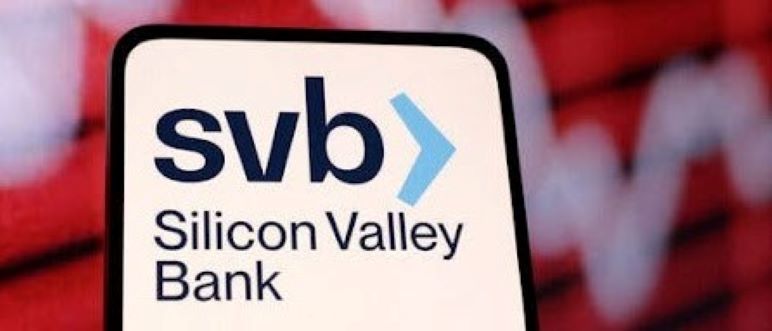Federal regulators faced more than two hours of intense questioning from lawmakers on Tuesday about what caused the failures of Silicon Valley Bank and Signature Bank, the red flags that went unheeded and the steps that must be taken to avoid future collapses that could rattle the United States financial system.
There was bipartisan concern about the state of the nation’s banks that in many cases blurred the usual party lines, where Democrats want more strict oversight and Republicans call for looser regulations. But there was also a substantial amount of buck-passing and finger pointing as the officials from the Federal Reserve, the Federal Deposit Insurance Corporation and the Treasury Department sought to make sense of the second largest bank failure in American history.
The hearing — featuring Michael S. Barr, the Federal Reserve’s vice chair for supervision, Martin Gruenberg, chair of the Federal Deposit Insurance Corporation and Nellie Liang, the Treasury’s under secretary for domestic finance — marked the beginning of what will be an extended inquiry by Congress and the regulators themselves into what went wrong.
From the outset, the regulators made clear what they believed to be the primary reason that Silicon Valley Bank failed: It was poorly managed and allowed risks to build up to the point that the bank collapsed.
Barr said in his testimony that “SVB’s failure is a textbook case of mismanagement.” He added that Fed officials flagged problems to the bank as far back as November 2021, but the bank failed to deal with them.
Lawmakers remained intent on ensuring that the executives of the banks are punished if they did anything improper leading up to the failures. They also expressed particular concern about last minute stock sales by Silicon Valley Bank officials.
Regulators said that they were limited in their power to claw back compensation but that they can impose financial and other penalties if their continuing investigation finds wrongdoing.
The Federal Reserve is under particular scrutiny regarding when it knew that things were amiss at SVB.
Even though Fed supervisors had flagged weaknesses at SVB as far back as 2021, Barr said he first learned of SVB’s problems last month — suggesting it took a long time for concerns to be escalated to the Fed board and its vice chair of supervision.
Barr said that the Federal Reserve officials will be discussing any potential missed warning signs in their internal review and that “we expect to be held accountable.”
All three regulators said that they believed that financial regulations needed to be tightened following the recent stress in the banking sector.
Barr pointed to Federal Reserve regulations, which were enacted during the Trump administration in 2019, that exempted Silicon Valley Bank from being stress tested and suggested that those need to be revisited.
Some Democrats on the committee emphasized the notion that deregulation left agencies without the tools they needed to address issues at smaller banks.
Alan Rappeport is a reporter with The New York Times. Copyright, 2023, The New York Times.

